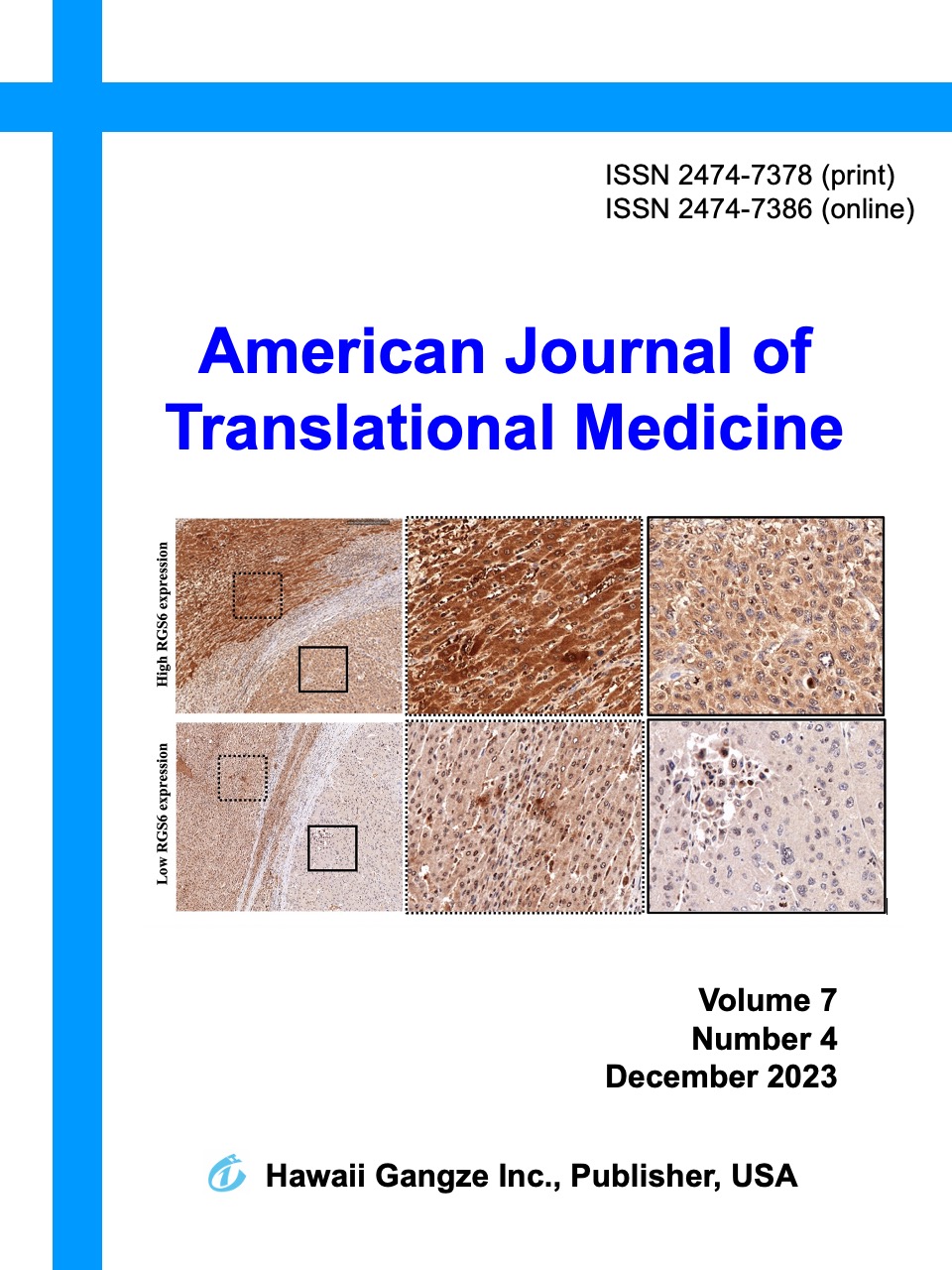Abstract
PURPOSE: We evaluated imaging information from patients with diabetic optic neuropathy (DON) to determine whether their brain structure networks had small-world properties and studied their changes in related feature parameters. METHODS: The study included 23 patients with DON and 23 healthy controls (HCs). Participants underwent MRI scans, and the resulting data were analyzed using a graph theory approach to evaluate changes in brain regions and small-world topology. RESULTS: Both patients with DON and HCs exhibited normalized clustering coefficients (γ) clearly > 1, endemic reticulation efficaciousness (Eloc) of approximately 1, and small-worldness (σ) > 1, demonstrating that both groups exhibited typical small-world topology; however, compared to HCs, patients with DON showed substantially decreased γ, σ, and Eloc values. CONCLUSIONS: Patients with DON showed typical small-world topology, but there were abnormal changes in the overall and local attributes of the networks, and the abnormal changes in the small-world network attributes of DON patients might cause cognitive dysfunction, such as problems with information integration and executive control.

